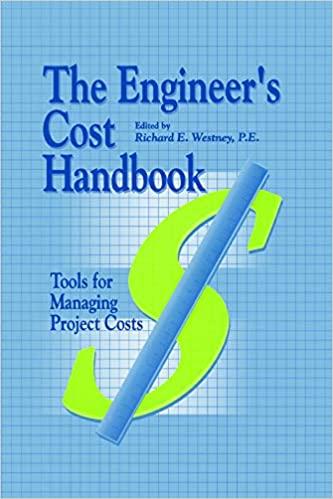Answered step by step
Verified Expert Solution
Question
1 Approved Answer
Objective: To develop students' skills in building a diversified investment portfolio with a long - term horizon of 5 - 1 0 years, considering the
Objective:
To develop students' skills in building a diversified investment portfolio with a long
term horizon of years, considering the current macroeconomic environment and
future expectations.
Initial Investment:
Each student is allocated a virtual budget of $ for investment.
Investment Options:
Equities:
o Value Stock: Example: A company with stable profitability, less volatile
returns, and a lower expected return. Such a company might be in the utilities
or consumer staples sector, known for steady demand and consistent dividend
payouts.
o Growth Stock: Example: A tech startup with a high potential for future
growth, more volatile returns, and higher risk. These companies often reinvest
profits into the business rather than paying dividends.
Bonds:
o Sovereign Bond: Low risk and return, considered safe investments eg US
Treasury bonds
o Local Government Bond: Moderate risk and return, depending on the financial
health of the issuing municipality.
o Big Firm Bond: Corporate bonds from established companies with lower risk
compared to smaller firms.
o High Yield Bond: Higher risk and return, issued by companies with lower
credit ratings.
o Junk Bond: Very high risk, issued by companies with significant default risks,
but offering high returns to compensate.
o International Bond: Varies in risk and return based on the issuing country's
economic and political stability.
Money Market Fund: Offers liquidity and safety, with returns slightly higher than a
savings account, ideal for the cash component of a portfolio.
Derivatives:
o Options: Contracts offering the right, but not the obligation, to buy call
option or sell put option a security at a predetermined price within a specific
time frame. Suitable for advanced risk management and speculative strategies.
o Futures: Contracts to buy or sell an asset at a predetermined future date and
price. High risk and complexity, used for hedging or speculation.
Macroeconomic Environment:
Federal Funds Rate: Currently at insert current rate with expectations of a
decline over the next few years, suggesting a looser monetary policy ahead.
CPI and Inflation: Current CPI stands at insert current rate indicating the rate of
inflation and the general price level increase of goods and services over time.
Inflation expectations should factor into the investment strategy, as it impacts the real
returns of investments.
Task:
Students are required to construct a diversified portfolio considering the investment horizon
of years.
Students are expected to think about the questions below and create their diversified
portfolio.
Questions:
What do you think is the direction of moving for equity and bonds given that the
federal fund rate is high and it is expected to decline to around in the future
years?
Among the valued stocks and growth stocks, which one is more sensitive to the
federal fund rate, and why?
Among each category of bonds, which categoryies isare more sensitive to the
federal fund rate, and why?
Determine the percentage of the portfolio to allocate to each investment, aiming for
diversification to manage risk while targeting optimal returns.
Discuss how the selected investments are expected to perform in the given
macroeconomic environment and how changes in interest rates and inflation could
impact the portfolio.
Consider the potential need for portfolio rebalancing over time and strategies to
mitigate risks associated with longterm investments.
Submission Requirements:
A maximum of page detailed report outlining the chosen portfolio composition, rationale
for investment choices, and expected performance analysis.
Evaluation Criteria:
Clarity and depth of investment strategy and rationale.
Understanding of the macroeconomic environment and its implications.
Diversification and risk management approach.
Analytical and critical thinking in portfolio construction and performance projection.
Step by Step Solution
There are 3 Steps involved in it
Step: 1

Get Instant Access to Expert-Tailored Solutions
See step-by-step solutions with expert insights and AI powered tools for academic success
Step: 2

Step: 3

Ace Your Homework with AI
Get the answers you need in no time with our AI-driven, step-by-step assistance
Get Started


